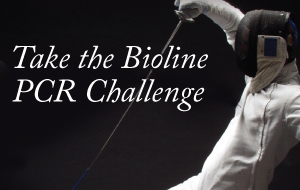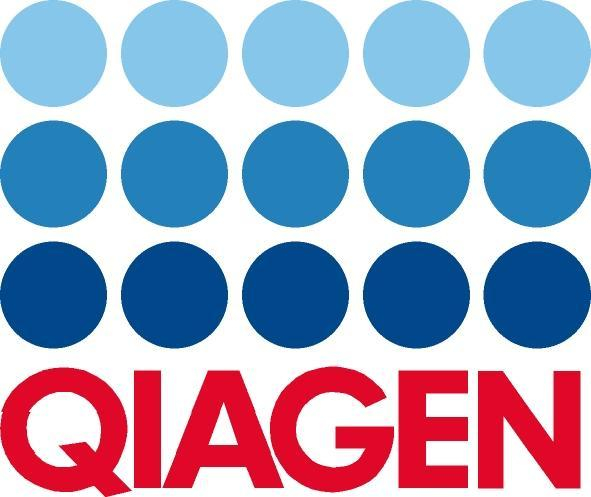Team:Leeds/Safety
From 2013.igem.org
m |
|||
| Line 31: | Line 31: | ||
<br> | <br> | ||
===Biosafety=== | ===Biosafety=== | ||
| - | + | The chassiss we are using are E.coli BL21 gold strain which are in risk group 1, Our lab has a bio-safety rating of 2. Therefore it is ok to work with this strain in our lab. When handling bacteria sterile techniques were used and anything that comes into contact with the bacteria is autoclave sterilized. | |
===Lab Safety=== | ===Lab Safety=== | ||
For safety in the Labs we have undergone compulsory health and safety training run by the Faulty of Biological Sciences. We will also be following UK Health and safety legislation in our work. For every new Chemical or reagent used we will follow the risk assessments put in place, and the COSHH assessments. When handeling bacterial cultures we will use sterile techniques and employ the use of PPE to prevent contamination. | For safety in the Labs we have undergone compulsory health and safety training run by the Faulty of Biological Sciences. We will also be following UK Health and safety legislation in our work. For every new Chemical or reagent used we will follow the risk assessments put in place, and the COSHH assessments. When handeling bacterial cultures we will use sterile techniques and employ the use of PPE to prevent contamination. | ||
Revision as of 08:52, 1 October 2013
SafetyiGEM Safety Questions1. Would our project raise any safety issues in terms of:
BiosafetyThe chassiss we are using are E.coli BL21 gold strain which are in risk group 1, Our lab has a bio-safety rating of 2. Therefore it is ok to work with this strain in our lab. When handling bacteria sterile techniques were used and anything that comes into contact with the bacteria is autoclave sterilized. Lab SafetyFor safety in the Labs we have undergone compulsory health and safety training run by the Faulty of Biological Sciences. We will also be following UK Health and safety legislation in our work. For every new Chemical or reagent used we will follow the risk assessments put in place, and the COSHH assessments. When handeling bacterial cultures we will use sterile techniques and employ the use of PPE to prevent contamination.
EthicsEthics is a big consideration when doing biology, especially synthetic biology as we are making new systems and engineering bacteria to have new and desired properties. A primary concern is the accidental release of these redesigned organisms. Current policies are alreadt prepared to deal with this situation if it were to occur. An even more daunting possibility is the fact that terrorist organizations could use engineered microorganisms to harm others. This is a new concern called Bioterrorism and it is fast becoming a growing concern. Bioterrorism is defined as terrorism involving the international release or dissemination of biological agents. Questions are also raised over the unpredictable nature of these pathogens. Biosecurity measures within the field of synthetic biology must be finalized to reduce the sense of fear that accompanies its advances. Even if no immediate danger exists, ethical issues remain as synthetic biology can be deemed as "playing God". Redesigning organisms opens the possibility for redesigning humans To gain an insite into what the public think of synthetic biology we sent out an initial survey about what synthetic biology is. One of the questions on this survey included "do you think synthetic biology is unethical?" Surprisingly all but one answered this question "no". We then asked them to expand further; here are some of the responses: "[...]if the end justifies the means. But it would be unethical if there was animal testing involved."
"Knowledge is basically neutral, but I can see situations where it can be misused, so ethics should never be ignored." To further address ethics we have also included an ethics video in our series of synthetic biology videos for young people at school/in sixth form. To do this we undertook some research and discovered that Synthetic biologists have already taken a proactive attitude by collaborating with social scientists and engaging with the public from the outset to help further the publics understanding and help diminish controversy. For example, the four Research Councils in the UK (BBSRC, EPSRC, ESRC and AHRC) have created and jointly funded seven research networks that include researchers interested in the ‘ethical, legal and social implications' (ELSI) of synthetic biology. These networks encourage regular meetings of synthetic biologists and ELSI researchers, informing both sides about technological and ELSI progress. Moreover, public engagement meetings that should ensure the correct interpretation of the biotechnological achievements, and future public acceptance, are strongly encouraged. The European Commission initiated the SYNBIOSAFE consortium (http://www.synbiosafe.eu/) focusing on the discussion of biosafety and ethical concerns, and facilitating a socially acceptable development in all related fields. As part of our outreach activities we will also be doing a synthetic biology presentation in a sixth form class at the beginning of September. During this presentation we will be undertaking an exercise in order to make the pupils understand the importance of considering ethics in the world of science and it will hopefully give us more of an idea of what the public think about synthetic biology and what ethical conserns they have around the subject area. We are currently working on a survey based purely on the ethics of synthetic biology and will be posting the comments and feedback we received as we get it so be on the look out! | |||||||
 |
| ||||||

| |||||||

| |||||||
 "
"






